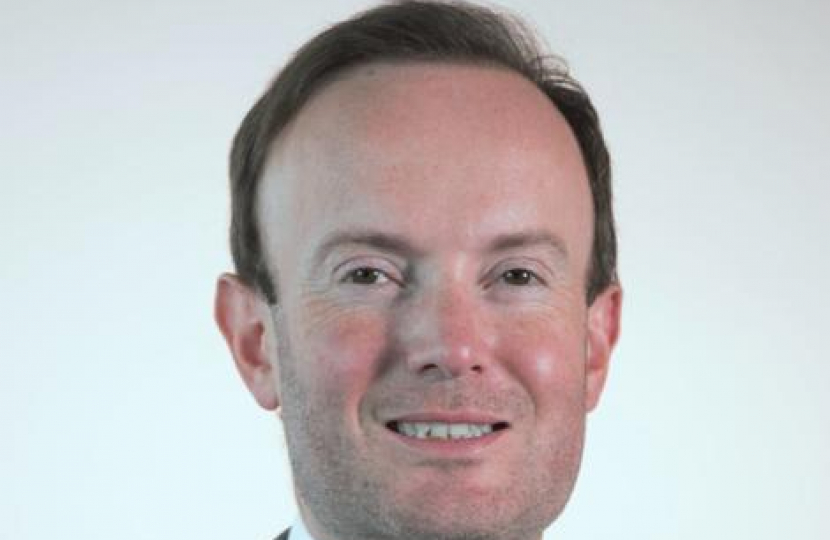
A column by Councillor Richard Rout, Deputy Leader and Cabinet Member for Finance and Environment
Everyone in Suffolk is now becoming aware of the many energy projects being proposed in our region, from the Sunnica solar farm in the west, pylon projects through the centre of the county and a myriad of schemes along our coastline.
Even if you don’t live on the coast, many people will still be affected by the impact of these schemes, whether that’s proposals for substations that are further inland, or pylons which would carry around much of the extra power that is being produced.
Last week, Suffolk County Council’s Cabinet considered Sea Link, which is a proposal for a development of a new 2 gigawatt electricity offshore energy connection between Suffolk and Kent.
This isn’t a project which has been granted permission, nor is it at the final planning stage, which we expect to start in the second half of 2024. However, it is at an important phase, which is a statutory consultation.
This has been an opportunity for residents, stakeholders, and local councils to share thoughts about the plans as they currently stand. As the county council, we have staff who put together a comprehensive response, taking into account all aspects of the proposal – from the impact it would have on your community, wildlife, the environment, traffic, tourism, the list goes on.
At last week’s cabinet meeting, we agreed what the council’s position should be on Sea Link. We heard both sides of the argument – the need to support the country’s energy security and a future for clean energy, but also the need to protect our communities and environment.
We agree with all these points, but we did not make a formal objection to Sea Link at this point. Let me explain why.
It is true that we think the proposal is not currently satisfactory. There are many pieces of information missing from the current plans, which make it very difficult to make an informed decision. For example, at this stage the extent of the scheme is unconfirmed, access arrangements are speculative, design and mitigation measures are unformed, and we’ve yet to see detail of how the impact on tourism will be addressed.
But this lack of detail is not a reason to object at this moment. I can’t recall any infrastructure proposal presenting all the necessary information during these consultation stages. To object now, on lack of detail, would set a precedent that would see the county council object to all similar applications at the statutory consultation stage. This stance is neither credible nor effective. Furthermore, if the required detail were to be produced, the council would have to withdraw its objection.
I see these consultations as a way of all parties – you, me, the council, residents, communities – working together to shape the proposals put forward for the Planning Inspectorate to examine. It’s at that point when we can all make an informed decision on whether to object.
In parallel, the county council plays an important role trying to influence strategic energy issues. By this I mean ensuring the energy produced in and around Suffolk is transmitted to where it is needed with the least possible impact on our area.
To this end, we have been at the forefront – with the region’s MPs – of calling for an offshore grid in East Anglia. Such an approach could remove much of the strain on our county.
So what did the cabinet agree regarding Sea Link?
We noted that the LionLink project has shown no attempt to coordinate with Sea Link. This means the council would likely recommend an objection to LionLink further down the line. The council expects National Grid to better manage projects under their umbrella to minimise the harm to our environment and the communities.
In addition, the outcomes of the Offshore Coordination Support Scheme and the review of connections in East Anglia, that is due to be undertaken by National Grid Electricity System Operator, are unknown. Therefore, we cannot come to a reasonably informed conclusion about the Sea Link project at this stage.
We have, therefore, written to National Grid saying they must assess two things: the coordinated connection of windfarms and interconnectors at Bradwell and the Isle of Grain, and to determine exactly what a coordinated offshore network would need to look like.
I hope that helps to explain why we have not objected to the Sea Link project at this stage. We will continue to work with local communities to see the best possible final proposal, and then we can make our final decisions.


